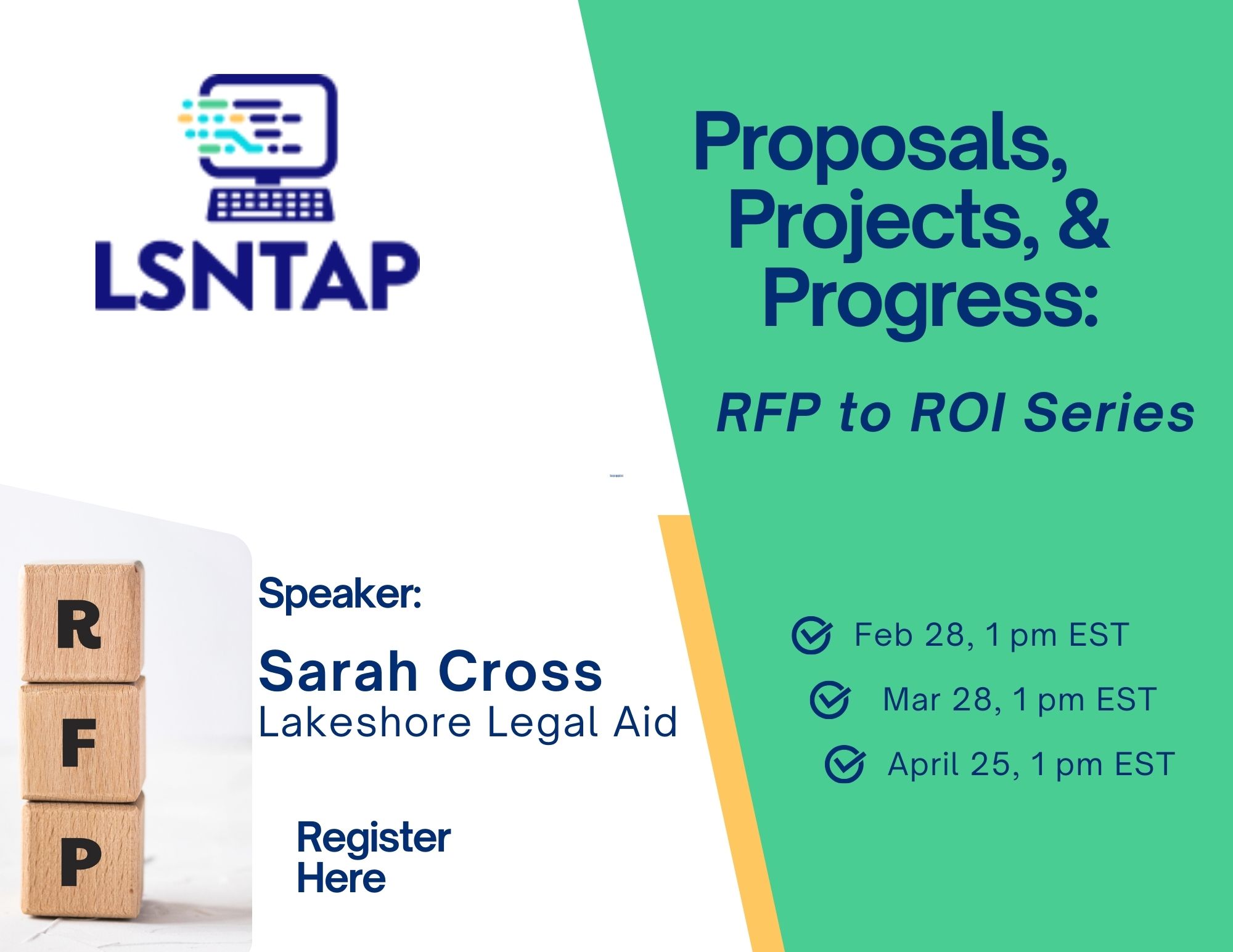Data Validation and Quality Assurance
Presented by Donald Carder and David Johnson
Data validation and quality assurance are a series of procedural and design methodologies that are adopted to ensure that client / customer data meet any and all standards for its intended use as an operational, planning and decision making tool.
How can this benefit your organization:
- Faster production of case management reports
- Increased accuracy / reduced time correcting errors
- Increased ability to identify emerging data trends
- Aid in developing a sound business strategy
Methodology:
- Identify the types of data that need review and the expectations for what the data should show
- Develop systems and reports for monitoring the state of that data at the time of entry, while records are active and when records are closed / in their final states
- Use the above in regularly scheduled data checkups or evaluations
- Institute a regular program of “pre-flight” runs for critical funding reports to verify data results are tracking with planned, estimates and to allow time for corrections
It’s a question of thinking through what is appropriate for certain fields and then what level of specificity for that information you actually need so something can be set up as the field allows. So you can either set up things you want or set up things that are “out of bounds” which puts that in a separate category. So for example, if a field asks for a users age and they enter over 100 then those should be placed in a separate category as those need review.
Core Categories
Data may come in a variety of forms, but most fall within several categories of information that your funders, board members and managers may expect or find useful.
- Client Demographics
- Staffing Allocations
- Timekeeping
- Grant Related / Grantor-specific Information
- Geo-political Information
Client Demographic Information.
The “meat and potatoes” of almost all government mandated reporting, demographics define your clients population in a variety of ways:
- Race
- Gender
- Income Levels
- Marital Status
- Citizenship Status
- Disabilities
- Living Arrangements
Staffing and Timekeeping: Overlaps
Timekeeping reports can overlap with staffing reports to some degree, but one way to approach them is to consider timekeeping reports as focused more in individual level analysis with staffing reports focused on more on organizational things etc.
- A thorough staffing reports assists program leadership in:
- Managing payroll
- Visualizing volunteers and pro bono
- Evaluation of staff time by
- Geographical area organizational groups offices and units
- Substantive legal areas
Timekeeping reports are a necessity in the legal services world, but they are often overlooked as a useful decision making tool. A good timekeeping report
- Ensures grand requirements are met
- Keeps you apprised of staff work loads and specific activities
- Highlight areas in which some additional staffing might be needed
Staffing and timekeeping reports will often analyse the following data points:
- Funding codes
- Time spent
- Activity types
- Staff tyle / role
- Volunteer status
- Client county of residence (if applicable)
- County / city of activity
- Physical / organizational office
Grant Information
Many legal services programs depend heavily on funding from a wide range of sources. Most funding agreements come with specific conditions that must be fulfilled to bill to the grant, including on the type of work performed, client demographics, performance periods and the kinds of staff performing the work
Geographical Information
Legal services providers exist in multiple political contexts and, as they say, all politics is local. Geo political analysis shows you which case types are concentrated in which areas and how clients demographics are distributed across service areas.
Some Steps to Promote Data quality / validity
Some typical settings to try:
- Prohibit null values on critical values. No blanks!
- Restrict numeric fields to “sane values” IE a family size will never exceed two digits
- Set restrictions on date fields to restrict data entry from happening either in the future, or too far in the past
- For addresses, develop formal protocols for entering apartment addresses to eliminate things like the complex name being used incorrectly as a street address
- Set thresholds on timekeeping to alert management when a case exceeds x number of hours
- Set hard stops on grant billing so staff can’t inadvertently overbook time
- Finally, review review review! Keep a close a eye on your data reduces the risk of surprise
For specific examples please view the full video!




